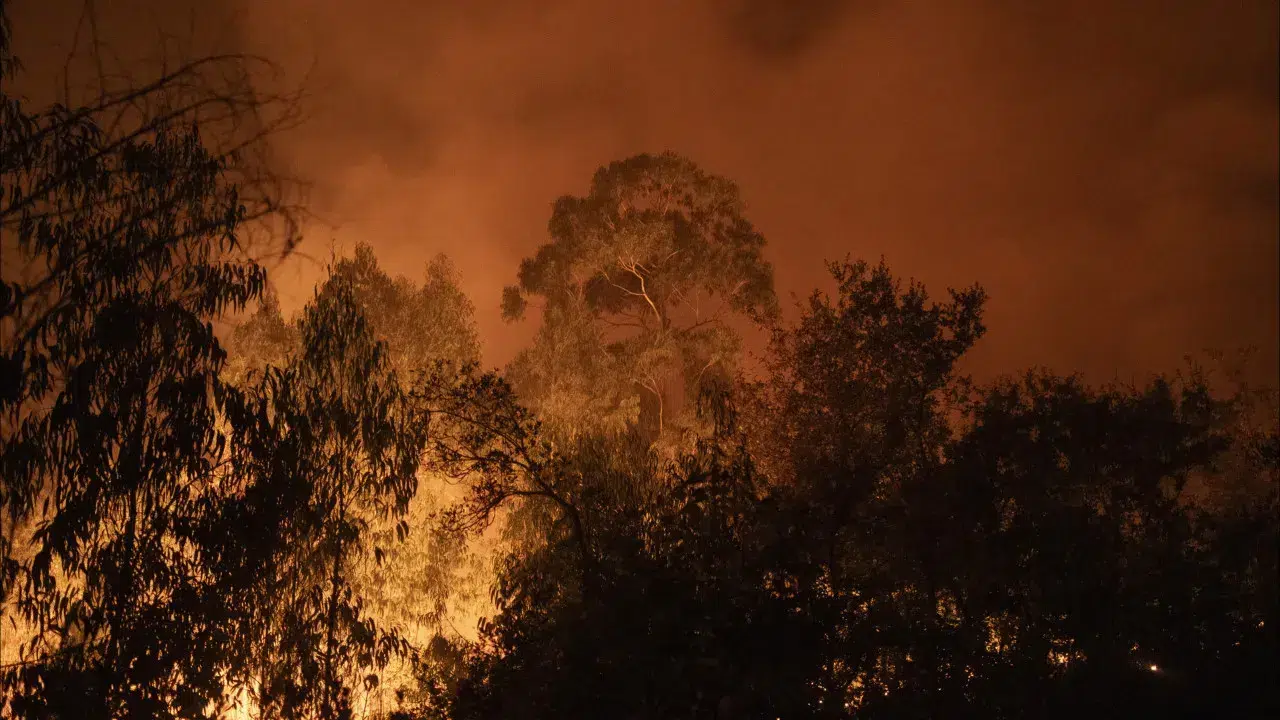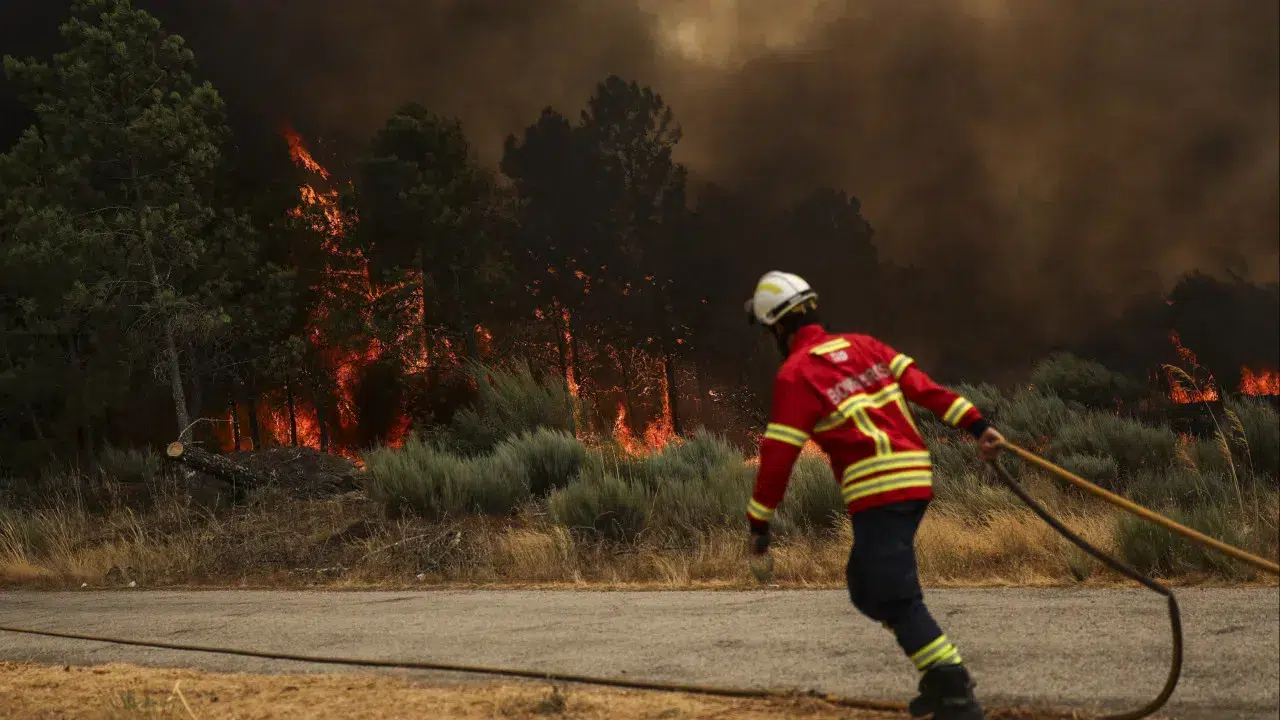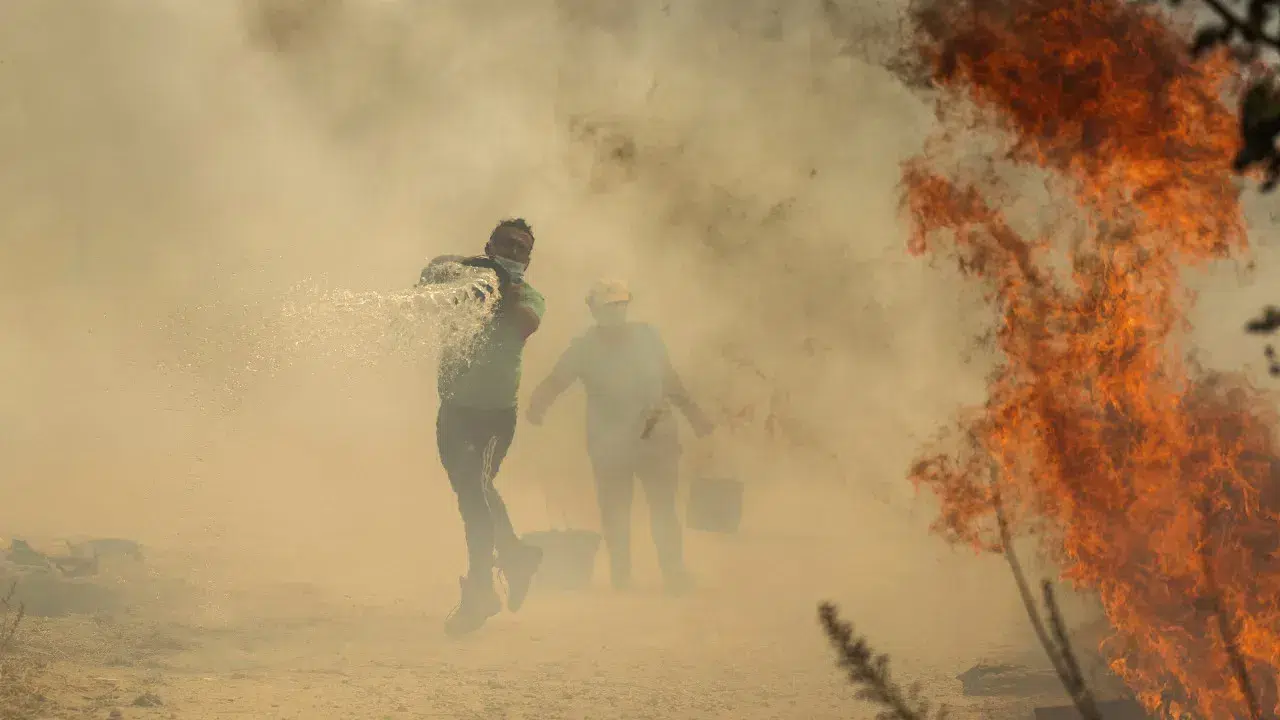
According to the document open for public consultation on the portal participa.pt until September 8, the Sub-Regional Program for Integrated Fire Management Action of the Porto Metropolitan Area (PSA-AMP) aims to achieve an “80% reduction in ignitions (intentional and negligent) on high fire-risk days” by 2030, compared to the average from 2010 to 2019.
The program also sets objectives to “ensure that the accumulated burned area is less than 28,354 hectares,” to “achieve sustainable forest management certification in 80% of forest areas, covering public and communal management areas (4,364 hectares); 30% of private management areas, with sustainable forest management (30,859 hectares), and to “ensure effective management of 67,232 hectares of fuel.”
The initiative further aims to “ensure that the entire high fire-risk territory is covered with surveillance mechanisms,” to adopt “better practices by 70% of the population in high-risk areas,” and to ensure “100% of strategic decisions” are “informed by probabilistic risk analysis.”
During the program’s development, “12 key projects” were identified as “most transformative,” accounting for 31% of the proposed budget of 282.4 million euros, with 75% of the total allocated to projects under strategic guidelines (OE) 1 and 2: “valuing and caring for rural spaces,” alongside OE3, “changing behaviors,” and OE4, “efficiently managing risk.”
The project to “ensure the management of the secondary network of fuel management strips in the sub-region,” listed under OE 2, represents “about 65% of the overall budget” as noted.
The document warns a “suitable financial package must be approved for the effective implementation of actions and competencies outlined for the AMP and its municipalities.”
The 12 key projects under OE1 include Aggregated Management, Landscape Reordering and Management Programs (PRGP), and Increased Remuneration for Forest Owners. Under OE2 are Integrated Landscape Management Areas (AIGP), Landscape Management and Ecosystem Services Remuneration, and Riparian Galleries Management. OE3 includes Support for Population in Conducting Burns, Surveillance Actions in Critical Rural Periods and Areas, and Specialized Proximity Communication. OE4 covers Monitoring and Evaluation Systems, Suppression Management, and Implementation and Review of Training Plans, Recognition, and Qualification for SGIFR entities, the Integrated Rural Fire Management System.
The AMP territory is classified as “46% forest, 25% artificial territories, 21% agriculture, 7% shrubland, 1% aquatic surfaces, and less than 1% non-productive areas,” with the forest areas “primarily eucalyptus (68%), maritime pine (24%), other deciduous (5%), and oak (3%).”
Studies indicate that eucalyptus and maritime pine “show a greater propensity to ignite, reflected in the high annual average burned area (2,491.79 hectares and 707.60 hectares) and incidence rates (3.93% and 3.12%),” whereas “cork oaks and stone pines, despite less territorial presence (8.6 hectares and 14.1 hectares), demonstrate lower fire susceptibility (incidence of 1.83% and 0.31%), confirming their resilience.”
“Shrublands and sparse vegetation, with incidence rates of 6.51% and 8.84%, stand out as critical covers, requiring priority prevention actions,” reinforcing the need to “promote planning models favoring less flammable species, reducing fuel density in high-risk areas, and integrating sustainable management practices,” adapted to climate changes.



